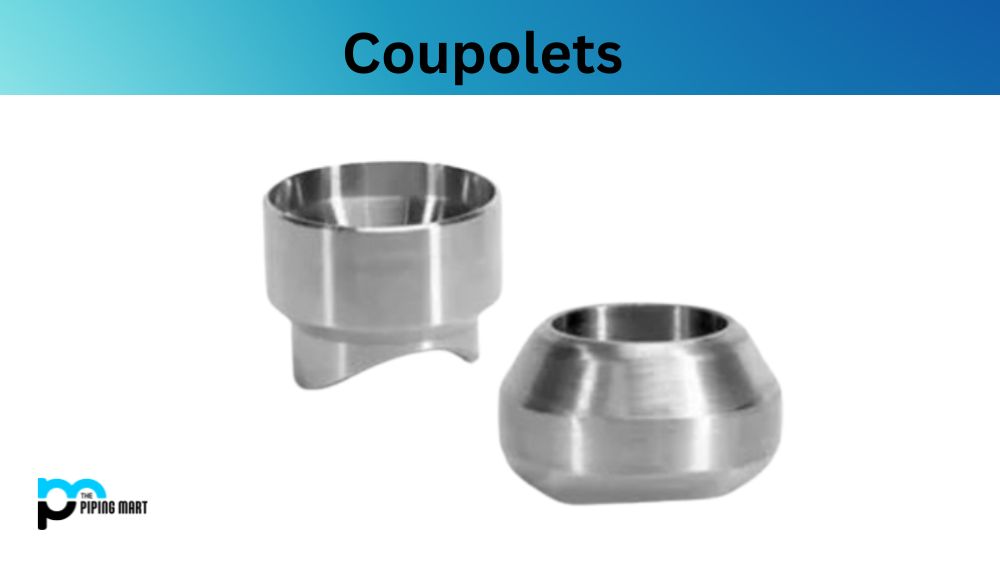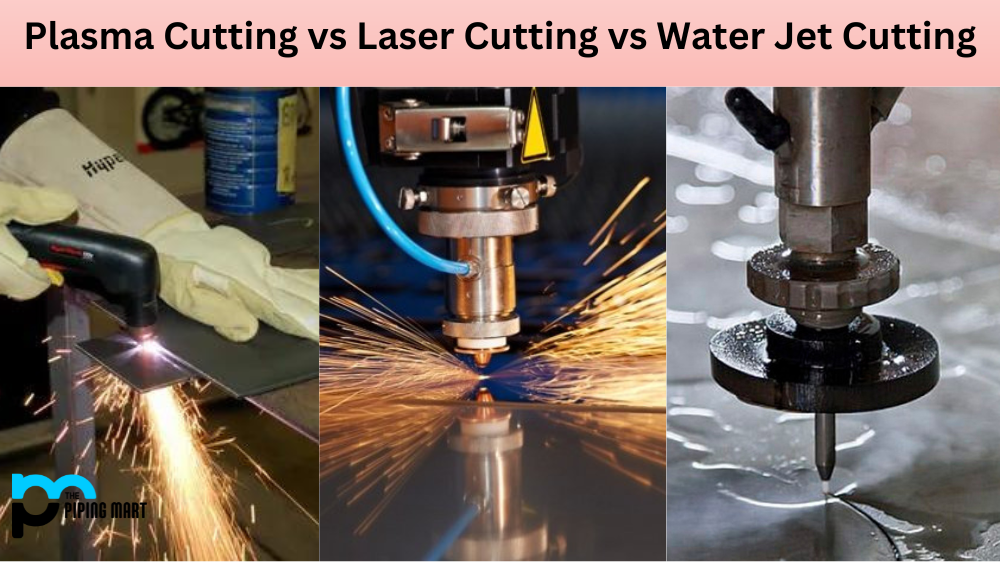Fabrication is the process of creating something out of existing materials. It is a popular practice in many industries, such as manufacturing, engineering, architecture, and construction. Although fabrication is an effective way to create structures and products quickly and cheaply, it also has some disadvantages. In this blog post, we will cover the advantages and disadvantages of using fabrication for your projects.
Advantages of Fabrication
One advantage to using fabrication is that it can be done quickly and efficiently. You don’t need to spend time designing a product from scratch—you can simply use existing materials to build what you need in a fraction of the time. This makes it ideal for projects where speed is essential, or budgets are tight. Additionally, fabrication allows for more flexibility when it comes to design; you can easily customize existing materials to meet your specific needs without having to start over from scratch.
Another advantage of fabrication is that it is cost-effective. Because you are working with existing materials rather than buying new ones, you can save money on your projects—especially if you are able to reuse components multiple times. Also, because there isn’t as much overhead associated with fabrication as there would be with other methods, such as casting or machining, overall costs tend to be lower.
Cost-Effective
One of the main advantages of fabrication is that it is cost-effective. Fabrication allows you to create custom products without having to purchase expensive materials or equipment. Additionally, fabricating your own products can help you to save money on shipping and labour costs.
Flexible
Another advantage of fabrication is that it is flexible. With fabrication, you can create products that are customized to your specific needs and preferences. Additionally, fabrication allows you to experiment with different designs and materials until you find the perfect combination for your project.
Quick and Easy
Fabrication is also quick and easy. With modern technology, you can create complex products in a matter of minutes that would otherwise take hours or even days to create by hand. Additionally, fabricating your own products can help you to avoid errors that may occur during the manufacturing process.
Environmentally Friendly
Fabrication is also environmentally friendly. When you fabricate your own products, you eliminate the need for transportation and packaging materials. Additionally, fabricating your own products can help you to reduce your carbon footprint as you will be using less energy and resources than if you were to purchase the same product from a store.
Disadvantages of Fabrication
Although fabrication has its advantages, there are also some drawbacks that should be considered before deciding whether or not this method is right for a project. One disadvantage is that certain shapes or designs may not be possible using existing materials; if your project requires precision beyond what can be achieved through this method, then another approach must be taken. Additionally, although fabrication can help reduce costs in the long run, it usually requires up-front investments in tools and equipment that may not be feasible for smaller businesses or those with limited budgets. Finally, although fabricating parts often takes less time than other approaches, such as machining or casting, it still takes longer than simply buying pre-fabricated parts off the shelf—so if speed is essential, then this may not be the best option for you.
Can Be Expensive
One of the primary disadvantages of fabricating metal components is that it can be expensive. The cost of materials and the equipment needed to fabricate metal components can be quite high, and the process itself is often time-consuming. Additionally, fabricating metal components requires skilled labour, which can further increase costs.
Time-Consuming
Another disadvantage of fabricating metal components is that it is often time-consuming. The process of cutting, shaping, and welding metal can take a significant amount of time, especially if the component is complex in design. Additionally, fabricating metal components often requires multiple steps and may need to be done in multiple stages in order to achieve the desired result.
Requires Specialized Equipment
Another disadvantage of fabricating metal components is that it often requires specialized equipment. The process of cutting, shaping, and welding metal often requires the use of expensive and specialized machines. Additionally, fabricating metal components often requires the use of hazardous materials, such as welding fumes, which can be dangerous to both workers and the environment.
Limited Design Flexibility
Another disadvantage of fabricating metal components is that it can limit design flexibility. The process of fabrication often requires that a component be designed in a certain way in order to be compatible with the machines and processes used. This can limit the ability to create unique or complex designs.
Can Be Dangerous
Another disadvantage of fabricating metal components is that it can be dangerous. The process of cutting, shaping, and welding metal can be hazardous to both workers and the environment if proper safety precautions are not taken.
Conclusion:
Fabrication offers many advantages, including speed, flexibility and cost savings, but it also has some drawbacks that should be taken into consideration before deciding whether or not this method is right for your project. Whenever possible, it’s best to weigh all the options available so that you can make an informed decision about which approach will work best for your particular needs and budget constraints. If, after considering all these factors, you decide that fabrication would work best, then you have taken one step closer towards completing your project successfully!

Pipingmart is a B2B portal that specializes in metal, industrial and piping items. Additionally, we share the latest information and information about materials, products and various types of grades to assist businesses that are involved in this business.




